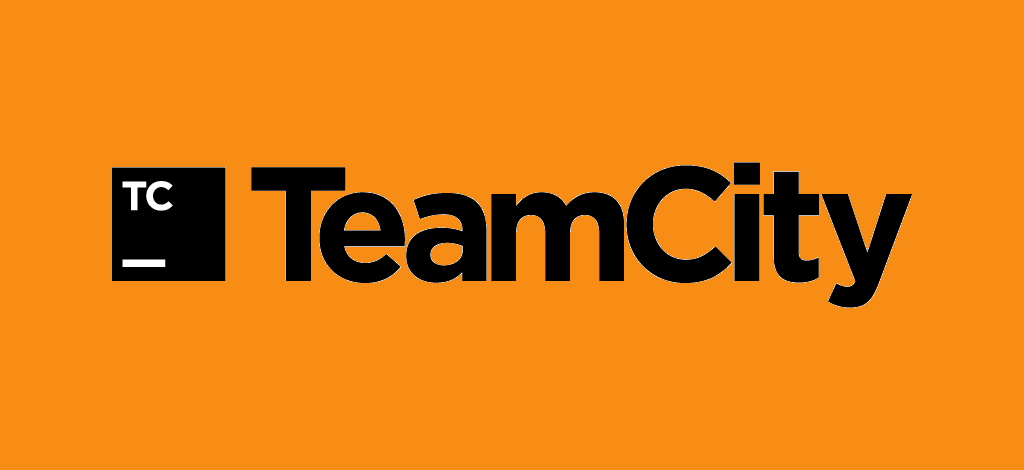


The SaaS solution doesn’t require this, but it might be more limiting in case you require some edge case features. If you prefer a self-hosted solution you need to administer your own server.
TEAMCITY CONTINUOUS INTEGRATION SOFTWARE
One of the first decisions you have to make is whether you want a hosted Software as a Service (SaaS) solution or a self-hosted solution. This will help you determine which solution would be the best fit for you. It usually helps to raise a couple of simple questions online and with your peers first and answer them before picking any solution. But then the question rises: “How to choose between these?” There are almost endless opportunities out there. You can also find many articles and discussions out there on the topic with valuable information. If you only want to get a list of tools, you can look at CloudBees CI, TravisCI, SemaphoreCI, CircleCI, Jenkins, Bamboo, Teamcity or many others. What is the best Continuous Integration and Deployment tool or service? How do I choose between them? This will also help you to onboard new people and grow your team as they can rely on a fully automated process from day one. Having a well designed and smoothly running Continuous Deployment (CD) solution will be the glue between the tools you use, especially between the SCM (Source Control Management) provider/server and the hosting environment you are using. If you wish to release your product really fast, you should automate your entire workflow, not just the testing. “Continuous Integration doesn’t get rid of bugs, but it does make them dramatically easier to find and remove.” -Martin Fowler, Chief Scientist, ThoughtWorksĬontinuous Integration (CI) vs Continuous Deployment (CD) This allows your team to move fast while keeping high quality standards that can be checked automatically. Additionally, continuous deployment and continuous delivery have developed as best-practices for keeping your application deployable at any point or even pushing your main codebase automatically into production whenever new changes are brought into it. Among them are revision control, build automation and automated testing. In recent years CI has become a best practice for software development and is guided by a set of key principles. As each change introduced is typically small, pinpointing the specific change that introduced a defect can be done quickly. One of the key benefits of integrating regularly is that you can detect errors quickly and locate them more easily. While automated testing is not strictly part of CI it is typically implied. Each integration can then be verified by an automated build and automated tests.

TEAMCITY CONTINUOUS INTEGRATION CODE
Continuous Integration (CI) is a development practice where developers integrate code into a shared repository frequently, preferably several times a day.


 0 kommentar(er)
0 kommentar(er)
